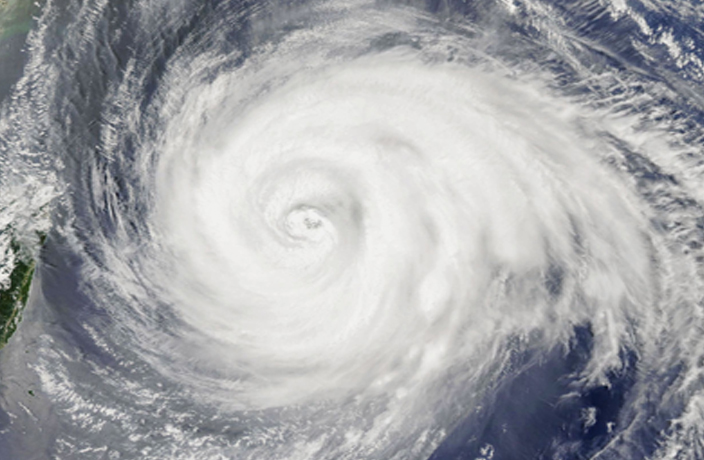The conflict between South Korea (ROK) and North Korea (DPRK) has lasted for over 70 years, yet began without a declaration of war.
Tensions between North and South reached breaking point at 4am on June 25, 1950, when the North Korean army struck across the 38th Parallel, officially marking the beginning of the Korean War and its long lasting consequences.
The principal offensive was conducted by the North Korean People's Army (KPA) I Corps, and consisted of 53,000 troops crossing the Han River in the direction of the South Korea capital, Seoul. The KPA utilized a blitzkrieg style invasion with T-34 tanks and artillery.
At the time, South Korea's Republic of Korea Army (ROKA) army was at a disadvantage, having very few anti-tank weapons, and no tanks at all.
As a result, on June 28 the ROKA took extreme measures to slow down the invading soldiers, blowing up the Hangang Bridge that crossed the Han River.
However, the Hangang bridge was also a route for refugees fleeing the invading army; the bombing of the bridge killed somewhere between 500 and 1,000 people.
At the same time, many ROKA units were trapped on the wrong side of the river, and were either killed or captured.
For all its great cost, the bridge bombing plan bought precious little time; KPA forces were able to cross the river later that day and capture and occupy Seoul.
Due to the multiple times Seoul was occupied or invaded by opposing forces, the events of June 28 are referred to as the 'First Battle of Seoul,' while in North Korean historiography it is known as the 'Liberation of Seoul.'
READ MORE: This Day In History: Korean War's Operation Big Switch
For more This Day in History stories, click here.
[Cover image via Wiki]






















0 User Comments